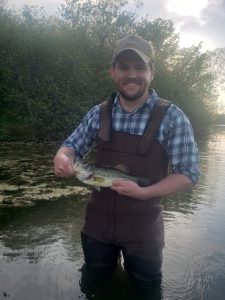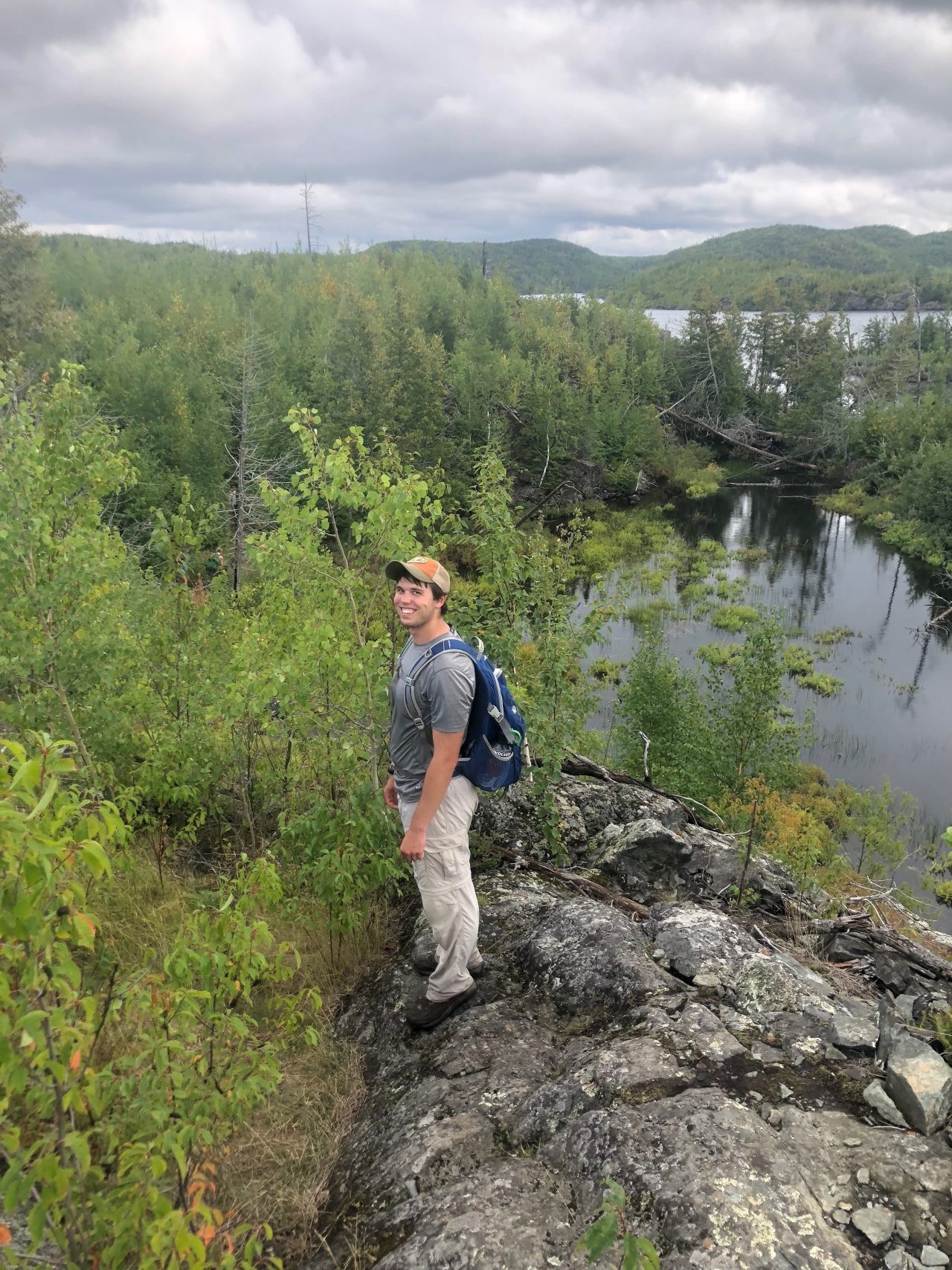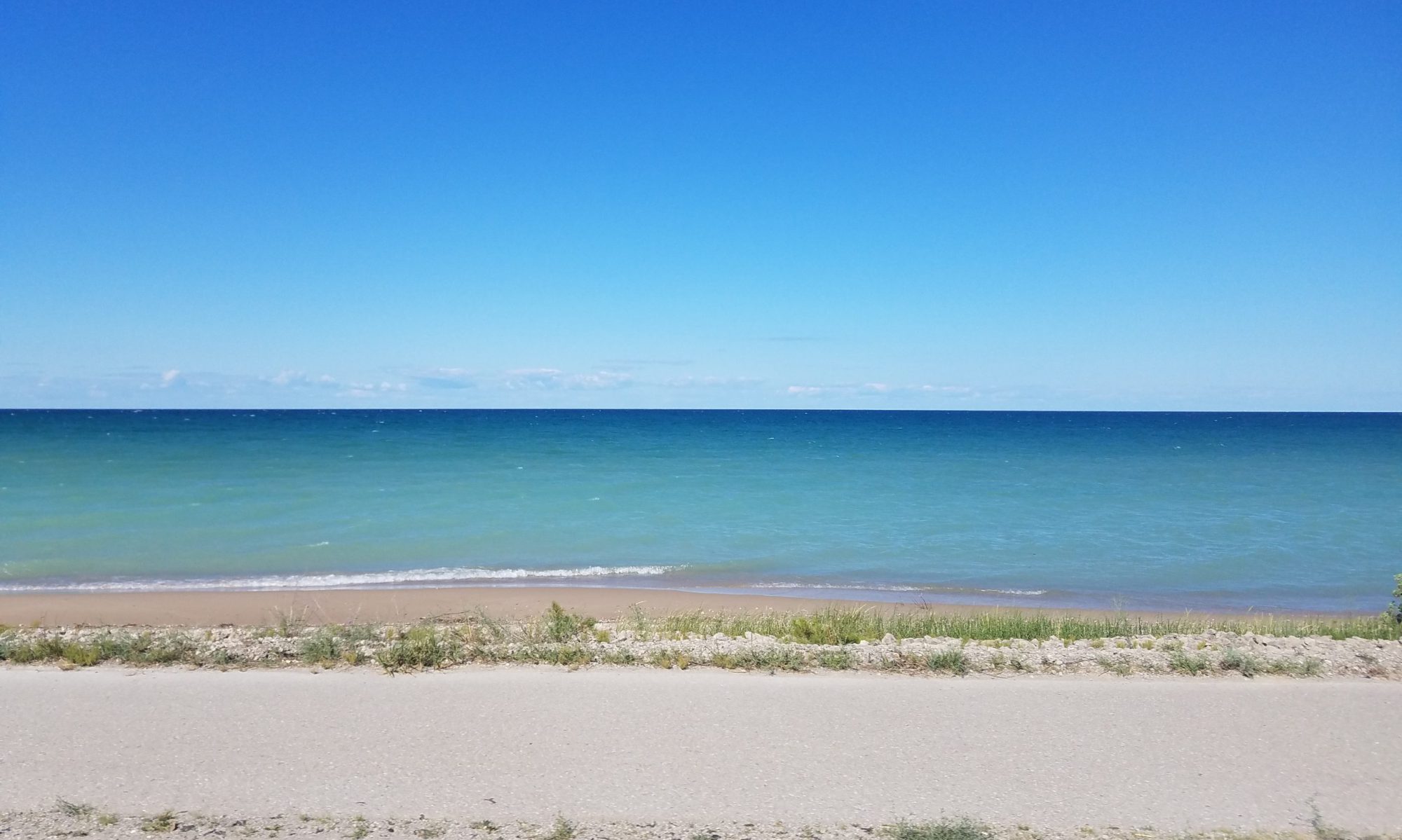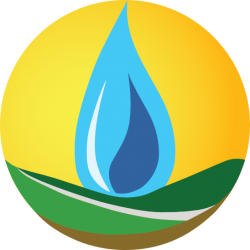Research Interests
 I am a PhD student in the Hydrogeology Lab working with Dr. Anthony D. Kendall. My research aims to better understand three renewable energy landscape subject areas: 1) agricultural security through placement, 2) agricultural and pollinator security through management, and 3) water security through placement and management. To achieve these goals, I use big-data and machine learning analysis with a collection of remotely sensed, survey/census, and modeled data across time and space. A deeper understanding of these practices will help inform future energy infrastructure to mitigate negative effects of our energy needs and possibly regenerate consequences of historical anthropogenic land use. As part of this effort, I am helping develop a field-network of instrumented and managed ground-mounted solar installations in Michigan and across the United States, and invite any external interest for collaboration in this effort. I am also broadly interested in regenerative apiculture, and how regenerative honey production and beekeeping can alter our agricultural landscape for the better.
I am a PhD student in the Hydrogeology Lab working with Dr. Anthony D. Kendall. My research aims to better understand three renewable energy landscape subject areas: 1) agricultural security through placement, 2) agricultural and pollinator security through management, and 3) water security through placement and management. To achieve these goals, I use big-data and machine learning analysis with a collection of remotely sensed, survey/census, and modeled data across time and space. A deeper understanding of these practices will help inform future energy infrastructure to mitigate negative effects of our energy needs and possibly regenerate consequences of historical anthropogenic land use. As part of this effort, I am helping develop a field-network of instrumented and managed ground-mounted solar installations in Michigan and across the United States, and invite any external interest for collaboration in this effort. I am also broadly interested in regenerative apiculture, and how regenerative honey production and beekeeping can alter our agricultural landscape for the better.
I received my Bachelors in Geological Sciences from Hope College, and my Masters in Geological Sciences from MSU. My previous research experience includes studying agrisolar co-location in California’s Central Valley and investigating the balance between induced nutritional losses and water security through fallowing of irrigated cropland. During my Master’s degree, I also participated in NASA’s DEVELOP Program at NASA Langley, where I studied salt marsh vulnerability in South Carolina. Aside from academia, I have an astonishingly wonderful wife, Karey, who promotes local and sustainable food consumptions for Taste the Local Difference. I also have an adorable dog aptly named HoneyBee, and enjoy homebrewing mead, the world’s oldest alcoholic beverage.
Education
MSc 2021, Michigan State University, Geological Sciences
Thesis: Detection and Assessment of Food, Energy, and Water Impacts of Solar Photovoltaic Co-Location in the California’s Central Valley
Advisor: Dr. David W. Hyndman
BS 2019, Hope College, Geological Sciences
Publications
Stid, J.T., Shukla, S., Anctil, A., Kendall, A.D., Rapp, J., & Hyndman, D.W. (2022). Solar array placement, electricity generation, and cropland displacement across California’s Central Valley. Science of The Total Environment, 835, 155240. https://doi.org/10.1016/j.scitotenv.2022.155240



 I am a PhD student in the Hydrogeology Lab working with Dr. Anthony D. Kendall. My research aims to better understand three renewable energy landscape subject areas: 1) agricultural security through placement, 2) agricultural and pollinator security through management, and 3) water security through placement and management. To achieve these goals, I use big-data and machine learning analysis with a collection of remotely sensed, survey/census, and modeled data across time and space. A deeper understanding of these practices will help inform future energy infrastructure to mitigate negative effects of our energy needs and possibly regenerate consequences of historical anthropogenic land use. As part of this effort, I am helping develop a field-network of instrumented and managed ground-mounted solar installations in Michigan and across the United States, and invite any external interest for collaboration in this effort. I am also broadly interested in regenerative apiculture, and how regenerative honey production and beekeeping can alter our agricultural landscape for the better.
I am a PhD student in the Hydrogeology Lab working with Dr. Anthony D. Kendall. My research aims to better understand three renewable energy landscape subject areas: 1) agricultural security through placement, 2) agricultural and pollinator security through management, and 3) water security through placement and management. To achieve these goals, I use big-data and machine learning analysis with a collection of remotely sensed, survey/census, and modeled data across time and space. A deeper understanding of these practices will help inform future energy infrastructure to mitigate negative effects of our energy needs and possibly regenerate consequences of historical anthropogenic land use. As part of this effort, I am helping develop a field-network of instrumented and managed ground-mounted solar installations in Michigan and across the United States, and invite any external interest for collaboration in this effort. I am also broadly interested in regenerative apiculture, and how regenerative honey production and beekeeping can alter our agricultural landscape for the better.